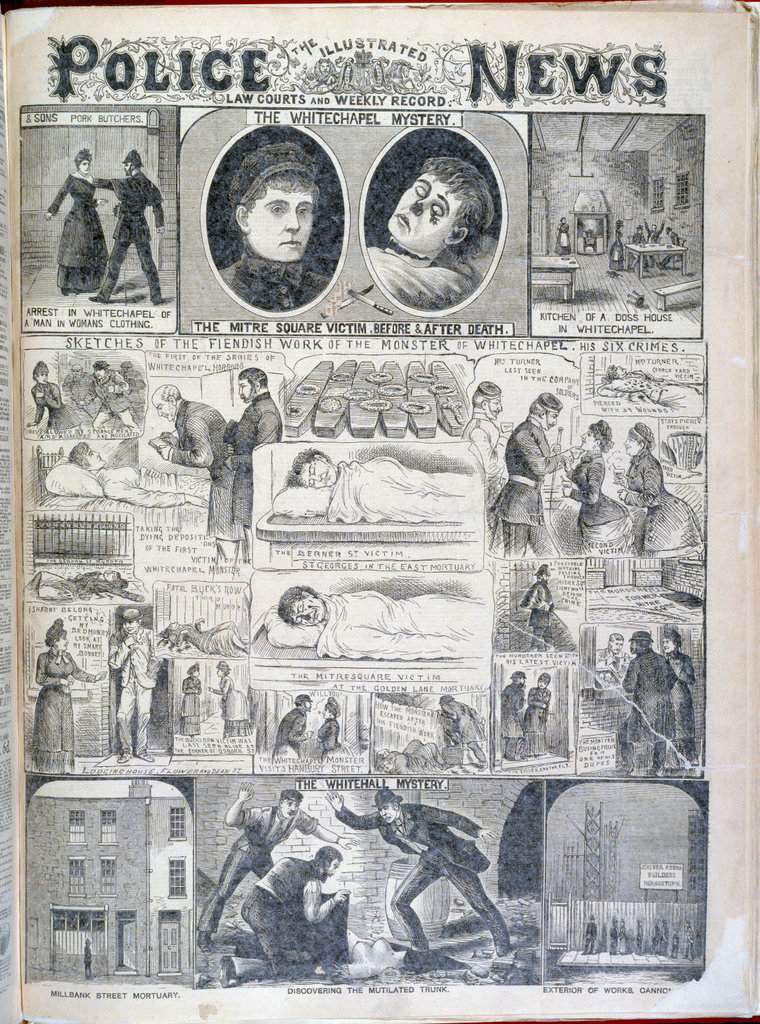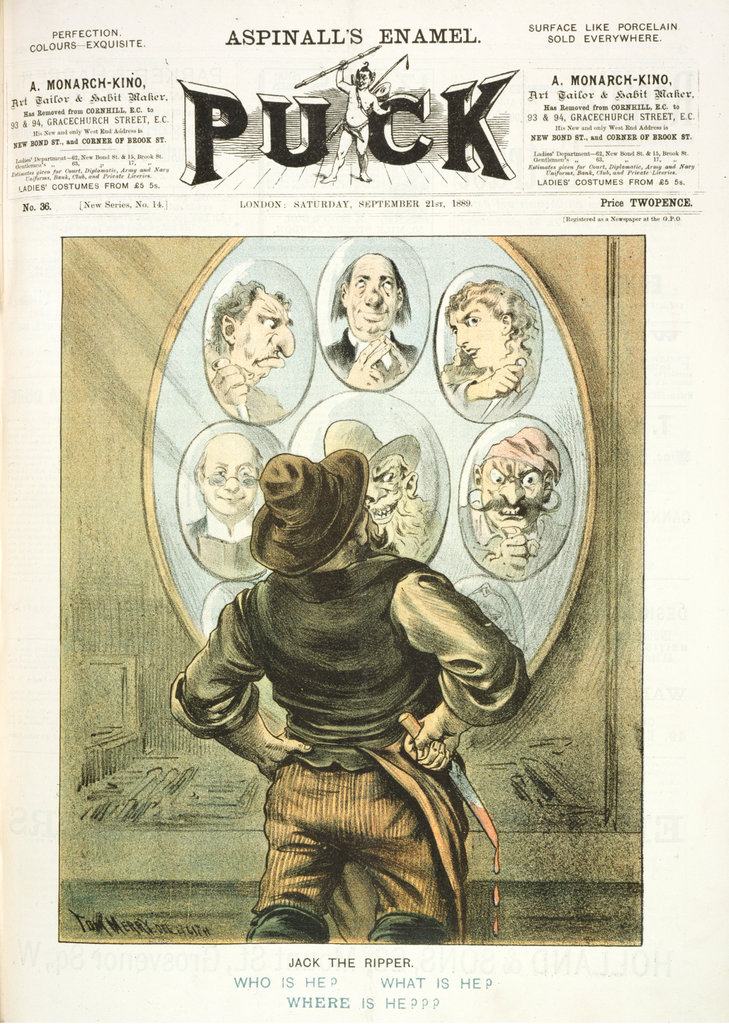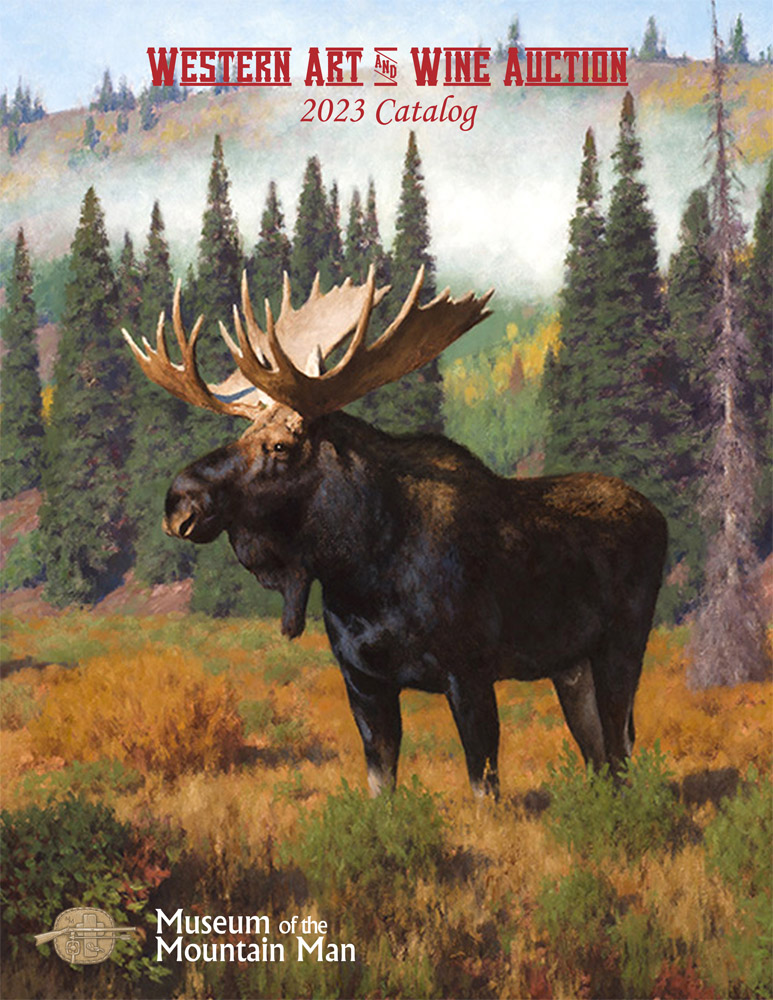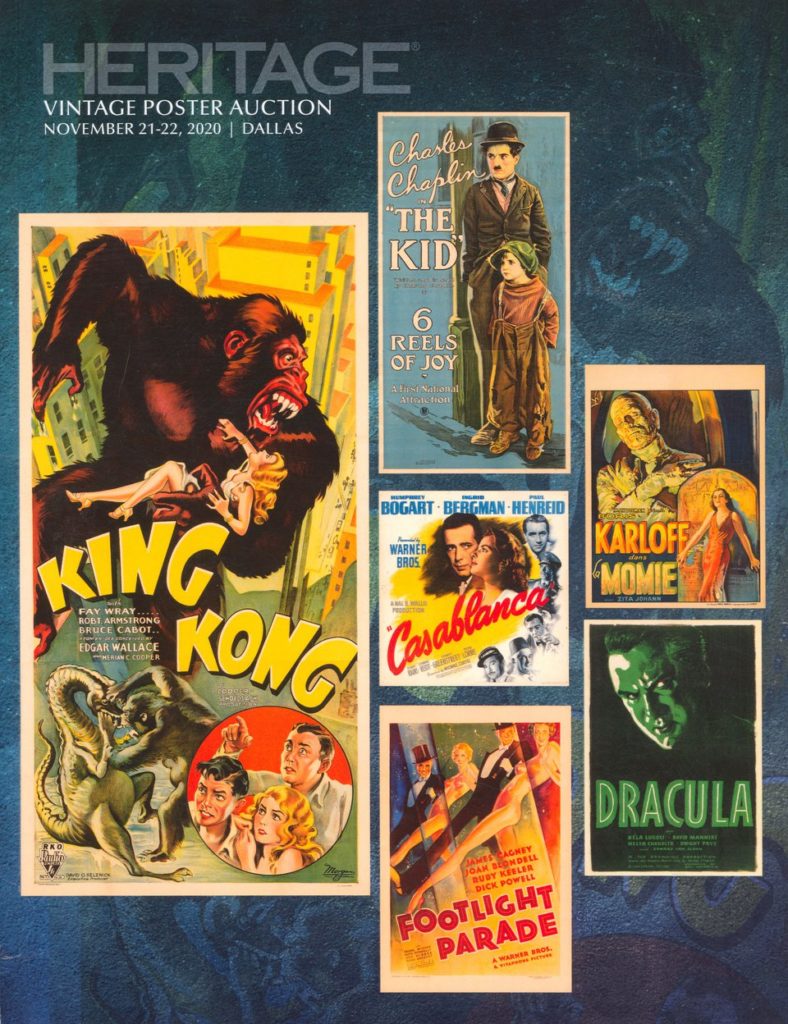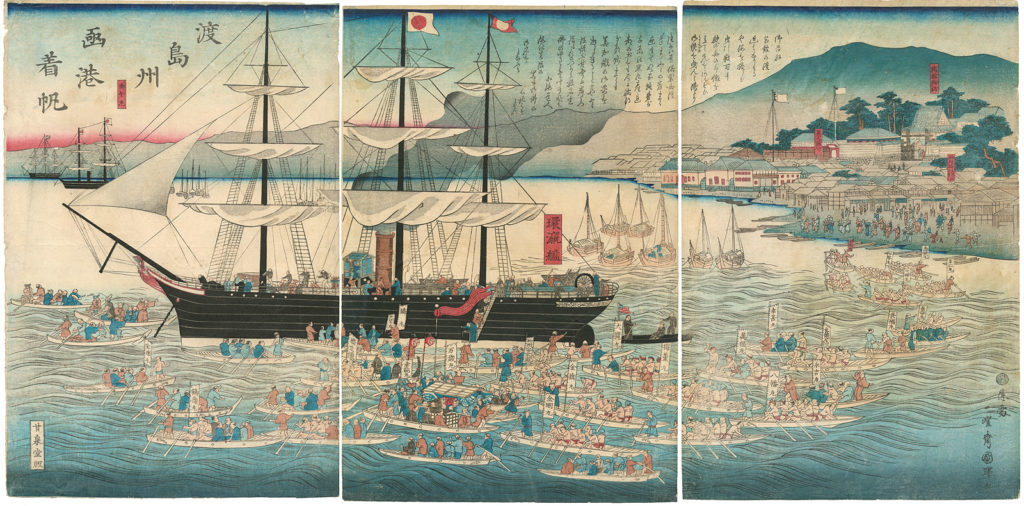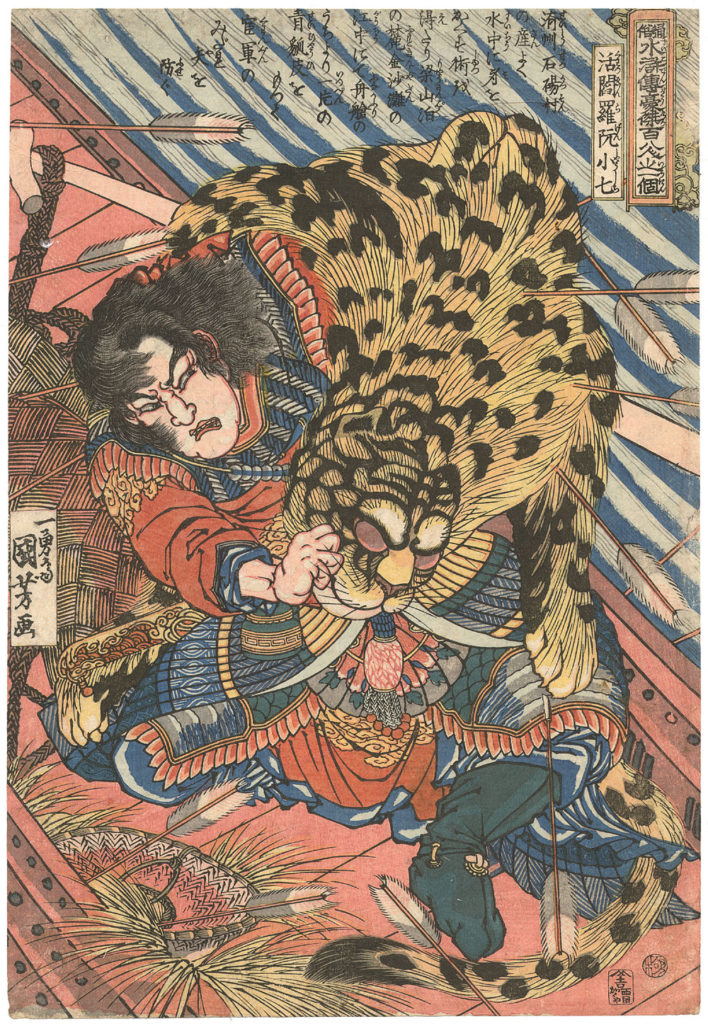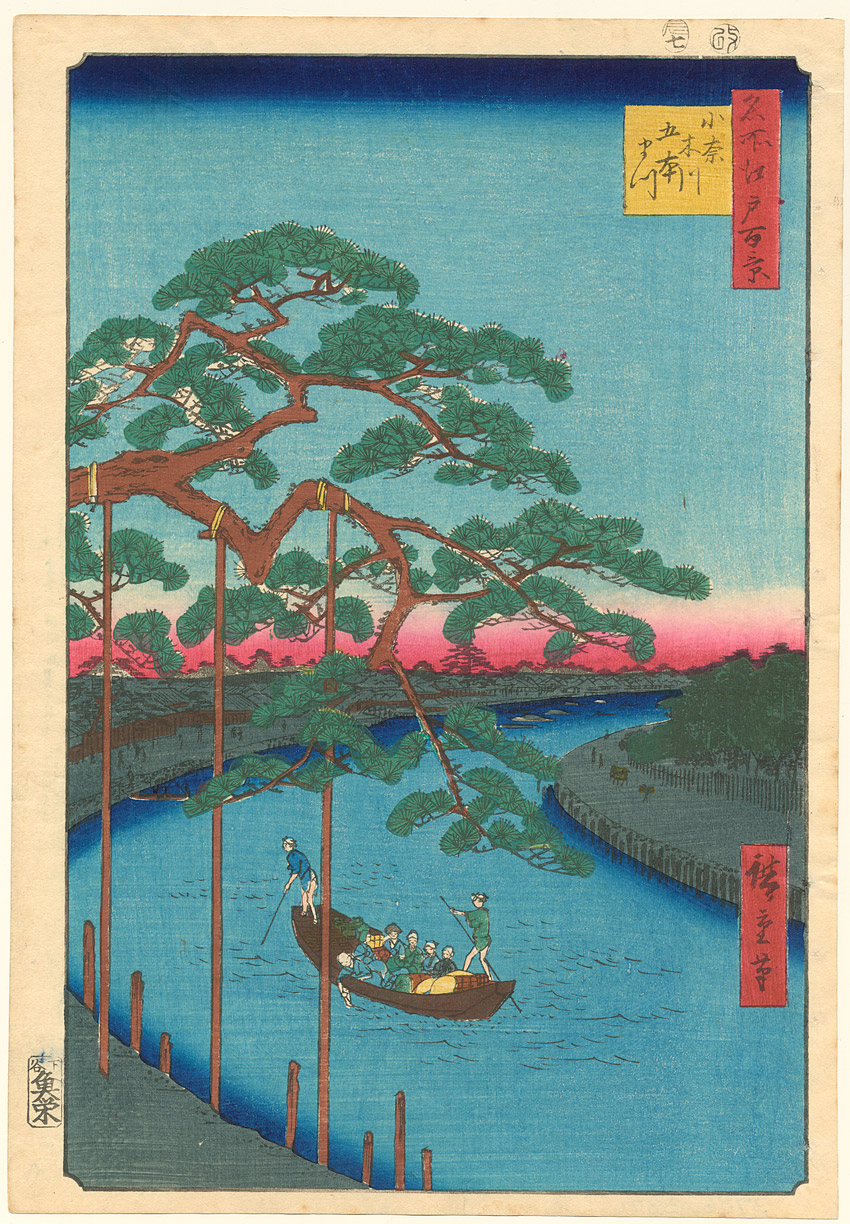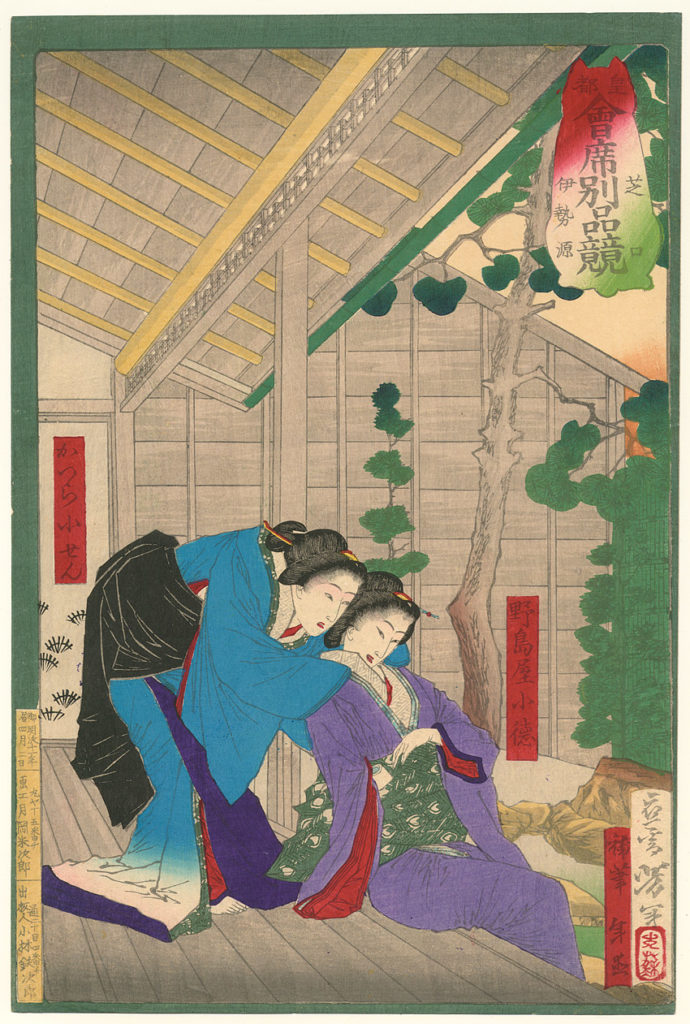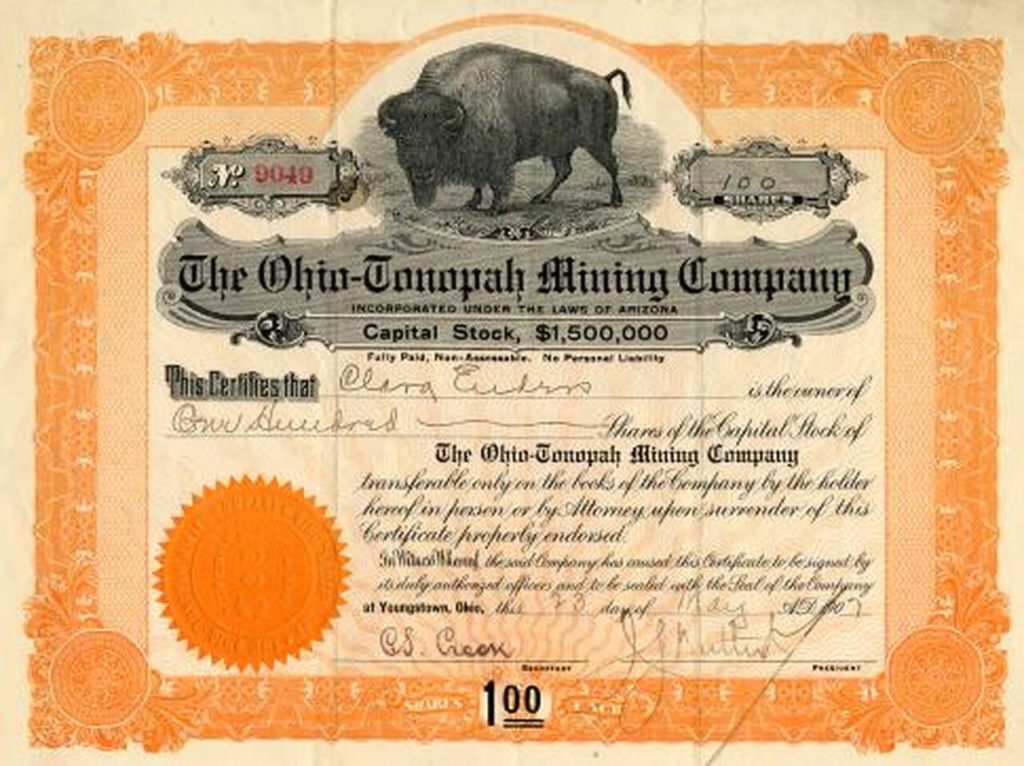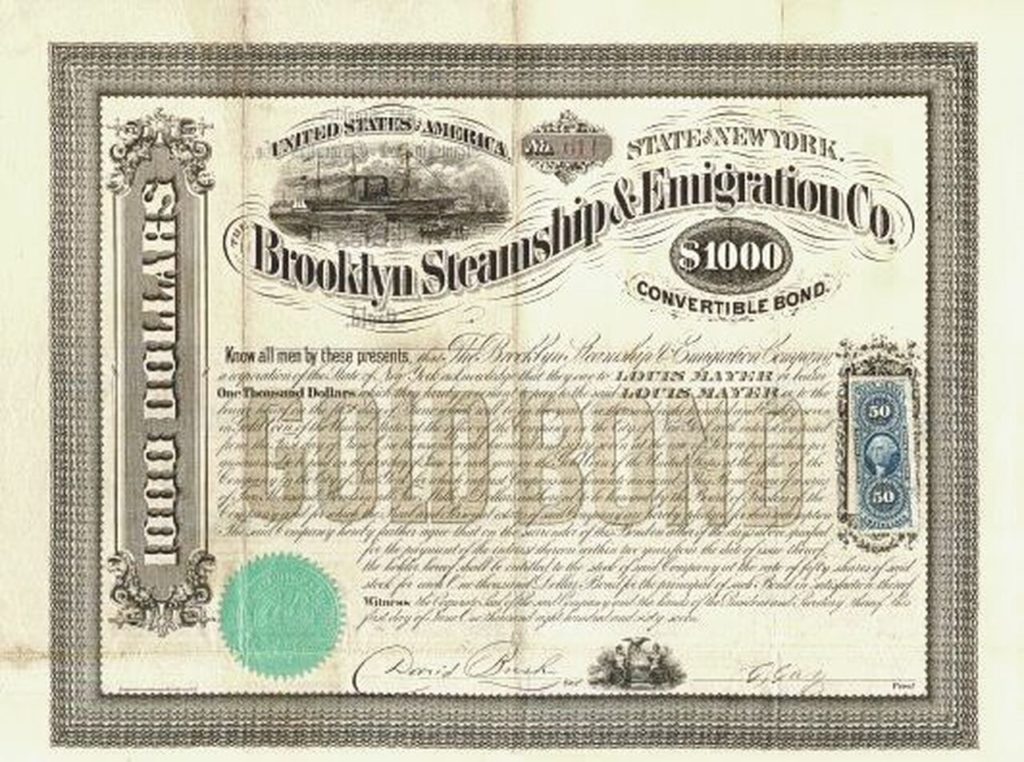Everyone loves a success story, and I believe that’s the biggest reason for the popularity of Antiques Road Show: the idea that a funny ceramic figurine that was the family joke for years is actually a museum piece; that a map rescued from a dumpster is a rare piece of Americana; that a print purchased at a thrift shop for a few bucks is an original Dürer engraving worth many thousands—all of these are retellings of “Cinderella” that few can resist imagining happening to themselves.
Needless to say, there are way fewer Antiques Roadshow segments—and many more Roadshow tour appraisals that are not filmed—in which the hopes of an item’s owner are crushed: the item is not rare or valuable; the condition is so bad as to make it almost worthless; the amount the owner paid is pretty much the market price, or even more; or—worst of all—the damn thing is a fake!
Unfortunately, a litany of bad news makes for lousy TV programming. Still, that’s what happens in most cases. Not everyone is a winner.
Which is why I offer a doff of the hat to Allen Treibitz of Heritage Gallery Auctions in Patchogue, Long Island (HeritageGalleryAuctions.com)—by coincidence, less than 15 minutes from where I grew up. Allen went to a barn sale in the Hamptons and had the good sense to shell out all of $50 for a painting by an artist named Emily Carr titled Masset Q.C.I. 1912, seen here:
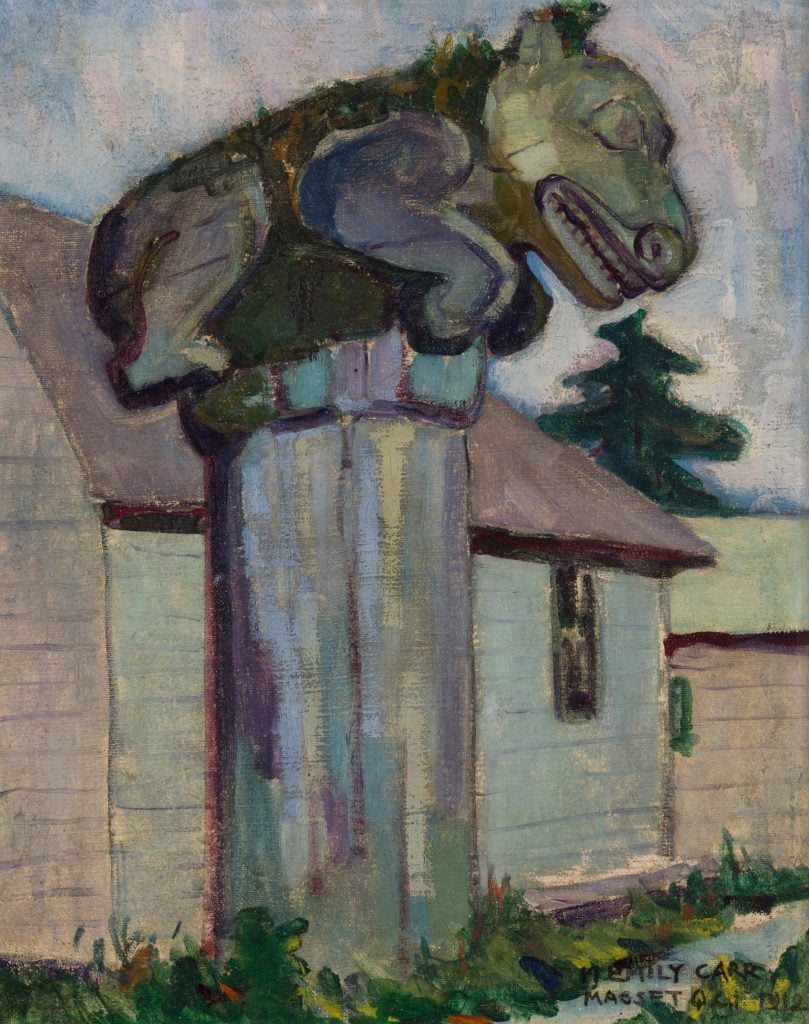
Now, if this raises lots of questions in your mind, you’re not alone. Who was Emily Carr? What is that object in the painting? What does Massett Q.C.I. mean? And are there really still barns in the Hamptons with things you can buy for $50? (I didn’t think you could get a Caffè Americano at a Starbucks in the Hamptons for fifty bucks!)
If I can pat myself on the back, when I read about Allen’s find, I recognized Emily Carr’s name, but it took me a moment to place her: when I was about to move to the Pacific Northwest twenty-five years ago, I briefly considered applying to the Emily Carr University of Art + Design in Vancouver, BC.
Then everything fell into place: Emily Carr (1871–1945) was an eminent Canadian artist who was much influenced by the Northwest First Nations peoples. The object in the painting is actually a mortuary totem pole (the coloring threw me off), and Massett Q.C.I. refers to the Haida village of Massett, Graham Island, in the Queen Charlotte Islands of British Columbia—something I learned through a simple Google search, which also turned up this oddly familiar image:

For a bear on a pole, he gets around. But I digress . . .
Allen Treibitz made international headlines not just for his smart purchase (there’s gold in them thar barns) but for consigning the piece to Toronto’s Heffel Fine Art Auction House (www.Heffel.com), whose savvy publicity people knew exactly what to do with it. The auction—which was held in November of last year, was a Major Event, not just for the Emily Carr painting but also for others by Canadian artists James Hart, Frederick Varley, Marcelle Ferron, and Kenojuak Ashevak—and Massett Q.C.I., which was estimated to fetch roughly US$70,000 to $140,000, fetched just over US$242,000, including the buyer’s premium. (Some of the work by the above-mentioned artists realized much, much more—but they didn’t come with the cachet of being found in a barn on Long Island.)
I couldn’t help asking Allen some questions about his decision to purchase the piece and his buying process in general:
Me: What attracted you to the painting?
Allen Treibitz: The painting had a look that stood out from most of the works that I see.
Me: Did you recognize the image as a totem pole before you researched the artist?
AT: I recognized that it was an animal on a pole in a rural setting. Having the title as Masset, Q.C.I. helped pinpoint the site and that it was an Indigenous work.
Me: Have you made other great finds like this in the past?
AT: I have had many great finds, but this one is the most significant and valuable in my career as a dealer/lover of art.
Me: Do you always research items before you buy or bid?
AT: Research always depends on the situation at hand. Sometimes it’s research on the fly or could be that it’s a feeling I have from doing this most of my life.
Me: Any advice for other “treasure hunters”?
AT: These great works are out there to be discovered, but it’s very rare to find something this important.
So what’s the takeaway here?
(1) Great finds are out there, although you may not be able to buy a second home with one. Allen Treibitz is an art expert and dealer who presumably sees a lot of artwork for sale, in barns and elsewhere, and even he hasn’t scored this big before. But it does happen.
(2) Do your homework! It amazes me whenever I see overpriced stuff on eBay (it’s always “extremely rare!” when it actually isn’t) or with a high starting bid in another auction. You just have to check the prices. If you are registered with LiveAuctioneers.com or Invaluable.com, you can see what an item sold for on their platform if it ever came up there. Or you can subscribe to WorthPoint or one of the other websites that tell you past auction prices over many platforms. Some auction houses also allow you to see past auction prices. If you are flea market frequenter or estate sale enthusiast, use your cell phone to do your due diligence “in the field” and download any apps you need beforehand. A little solid research can save you a lot of money—as well as expose sellers who wildly exaggerate the rarity and value of their stuff.
(3) Know your collecting area! The more expert you are, the better your instincts will be, and the more likely you’ll make a smart purchase if you can’t adequately research a super-rare or one-of-a-kind item beforehand.
(4) Don’t turn up your nose at barn sales . . . or library sales or garage/yard/rummage sales or church bazaars or thrift shops. Some of the best finds come from those venues.
Happy hunting!

